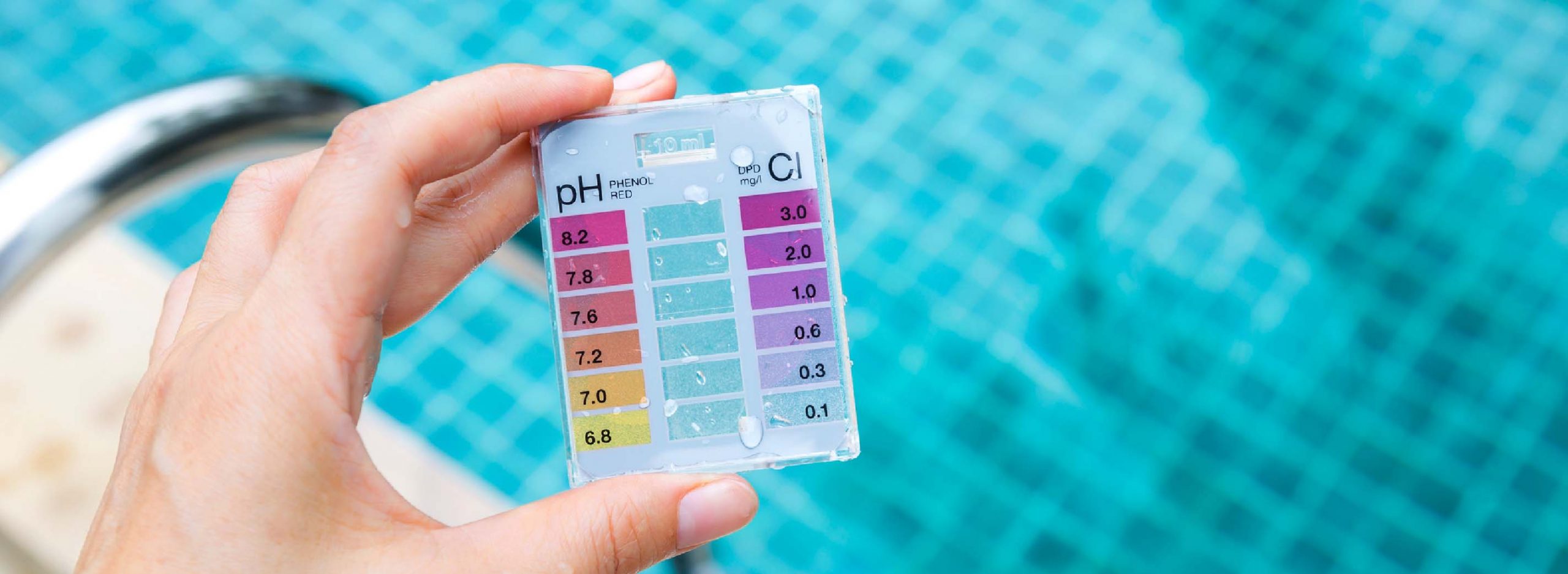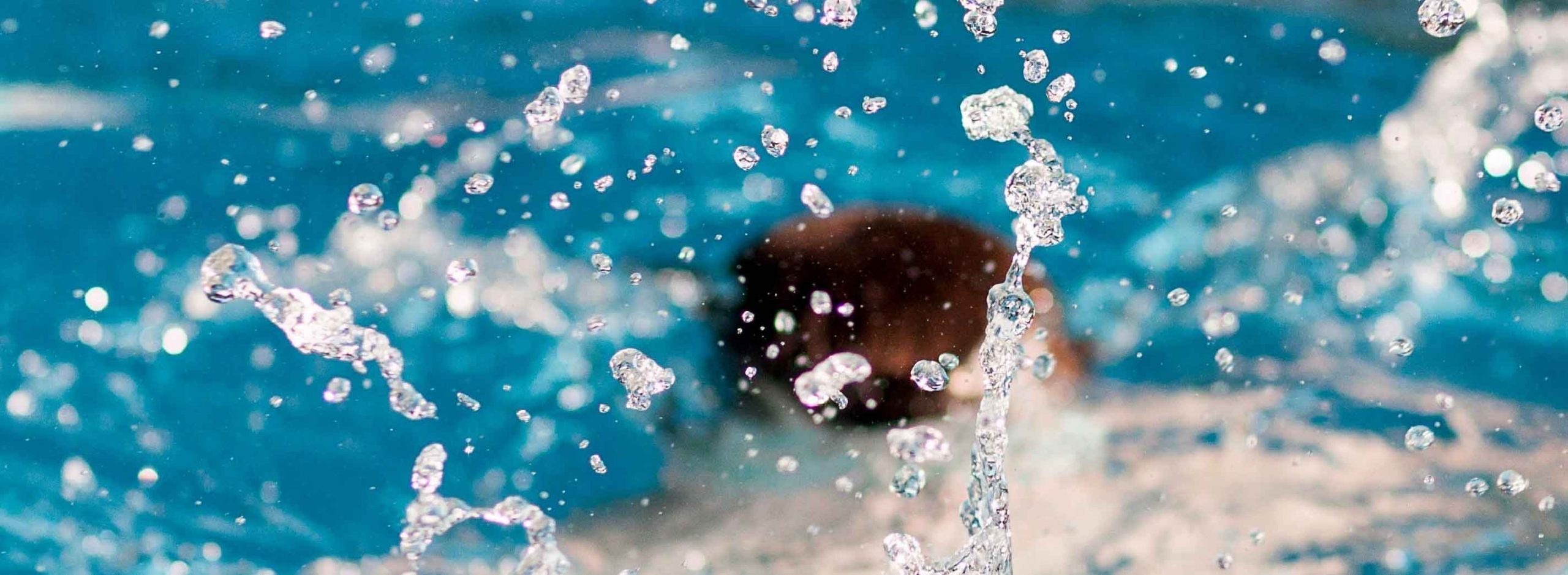Why Water Balance is So Important For Your Pool
A swimming pool's water must be safe to swim in. If it's not, your health, along with that of your family, may be at a high risk of contracting bacterial infections and conditions that involve itchy or irritated skin. But how exactly do you make your swimming pool's water safe?
If you’ve had that question on your mind, this is the post for you. In this post, we’ll take you through all you need to know about your pool’s water balance. So, if you have a vinyl liner, concrete, or fibreglass pool in your backyard and want to keep its pool water balanced, read on.
For more information on how to keep your pool clean, click here!

What is pool water balance and why is it important?
Pool water balance can be defined as the appropriate balance of chemicals to ensure that the water doesn’t affect swimmers adversely. If the chemicals present in the pool water aren’t balanced, it can lead to a wide range of issues. For starters, unbalanced chemicals can lead to a variety of skin problems, particularly in those with sensitive skin. Excessive amounts of chemicals may also damage the pool’s shell and all the other systems that you have put in place.
The best way to make sure that all the chemicals in your pool are in balance is to test the water regularly. Frequent tests will allow you to monitor even the most minor changes, so you can take action before there’s a lack of any chemical or an excess of it. But before you head out to test your pool water, it’s important that you understand the various chemical components that the pool water balance consists of.
pH Level Determination
Your pool’s pH level reflects how acidic or alkaline the pool water is. The pH scale goes from 7 – 14. When the pH is below 7, the water is acidic, and when it is above 7.4, the water is alkaline. Different types of pools have varying ideal pH levels. For instance, if you have a fibreglass pool, the ideal pH is 7 – 7.4. You could either use the internet or get in touch with your nearest pool maintenance professionals to know what pH level to maintain for your pool.
If the water is acidic, the pool will be more prone to corrosion. An acidic pool is also a haven for organic contaminants to grow and thrive. While acidic pool water isn’t a cause for concern if you take steps to increase the pH, it can result in severe damage if it is not treated in time. As acidic content in the water increases over time, it can gradually eat away the plumbing fixtures, pumps, and water lines.
Pool water that’s excessively alkaline is also not good, as alkaline water can reduce the efficiency and effectiveness of your pool’s heating system. It can also cause damage to the pool pipes and liners. So, to maintain proper pH levels, be sure to test the pool water, especially after heavy rainfall, water cleaning, and/or chemical additions.
Chlorine
Chlorine is a chemical that’s used as a sanitizing agent for disinfecting the pool water. However, too much of it can cause the color of the pool to change and also trigger skin irritations. 1 – 3 ppm is the ideal chlorine range. Chlorine levels are affected by various conditions such as heat and light, but you can maintain them through the use of stabilizing agents such as cyanuric acid.

Total Alkalinity
The total alkalinity of pool water refers to the amount of alkaline chemicals present in the water such as hydroxides, carbonates and bicarbonates. Getting the total alkalinity balance right isn’t very challenging. All you need to do is conduct regular water checks and add the alkaline chemicals that are lacking.
Total Dissolved Solids (TDS)
Your pool water contains a variety of minerals. However, over time, as the water evaporates, these minerals become concentrated and are left behind inside the pool. These minerals are known for interfering with the work of all the other chemical agents in the pool, which is why they need to be removed from time to time. If TDS levels are high (3000 ppm or more), you should replace the pool water by draining the existing water and adding fresh, clean water.
Calcium Hardness
Maintaining calcium balance in the pool water is one of the most important pool maintenance tasks. Calcium, when present in low amounts, can lead to the water absorbing it from the pool’s plaster and shell. If you add calcium to the water to fix this issue, it’s not a big deal. However, if you don’t, the pool’s plaster and shell may be severely damaged, leading to expensive repairs.
Too much calcium is also not a good thing, as it can cause damage to the pool’s filtration system and scaling on the surface of the pool’s shell. Ideally, you should aim for a calcium hardness range of 100 – 330 ppm.
Your local water supply has a big role to play in the calcium hardness levels inside the pool. For example, if your local water supply doesn’t have much calcium content, a single test each year would be enough to identify potential calcium-related issues. However, if there’s high calcium content in your local water, we recommend testing the pool water regularly. Trust us, it would save you a lot of hassle in the years to come.
You should also be careful if you use calcium hypochlorite as a sanitizing agent for the pool water. It is known to raise calcium levels significantly and cause scaling. It’s also quite tricky to balance calcium hardness levels by yourself, as adding calcium also has an affect on pH and alkalinity. So, if you want to steer clear of a chemical imbalance, you should hire a professional to balance calcium hardness.
Click here for ways to keep your pool clean during the Winter months!

Conclusion
In the short term, maintaining pool water can save you and your family from a whole host of health problems. In the long run, it can save money that you would otherwise have to spend on repairs. So, take your pool water balance seriously if you want your swimming pool to serve you well for a long time to come.
If you have any questions regarding your pool water balance, please contact our friendly team today!

